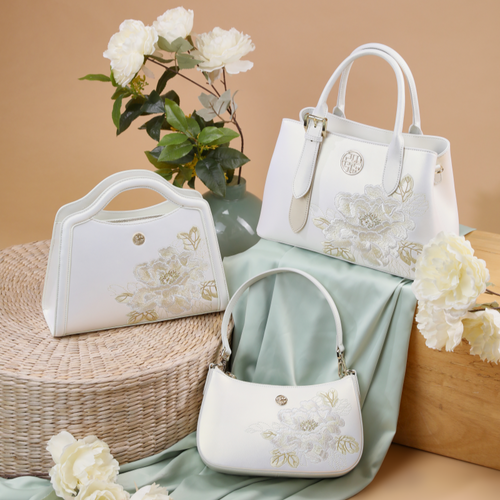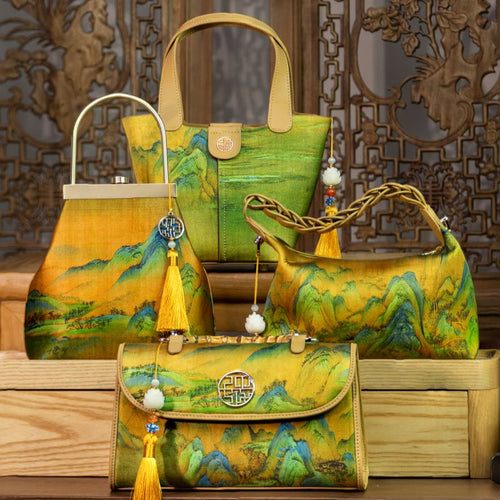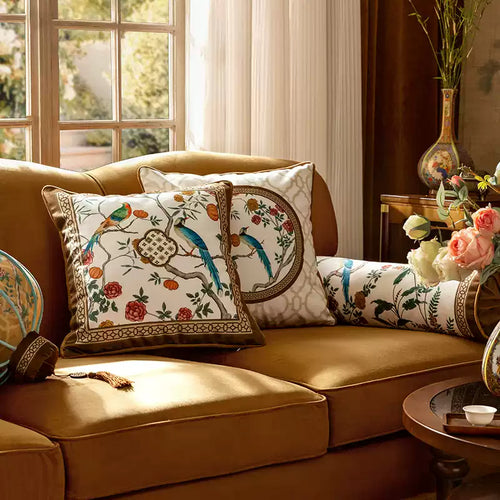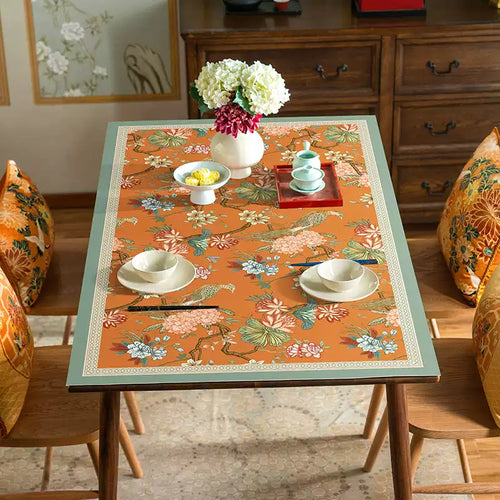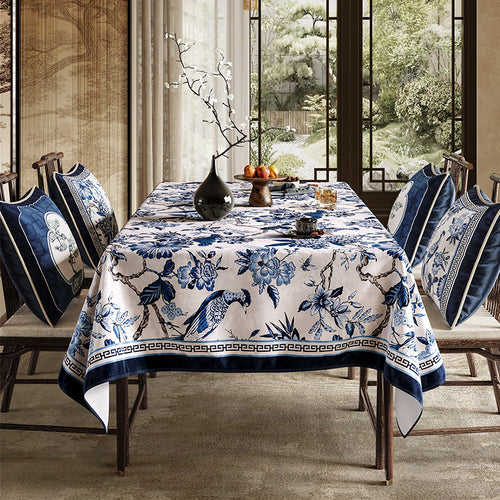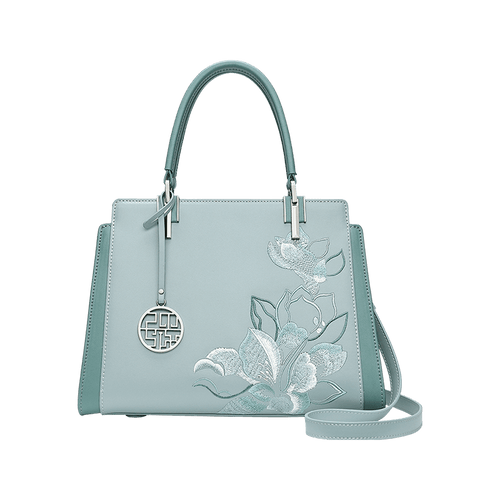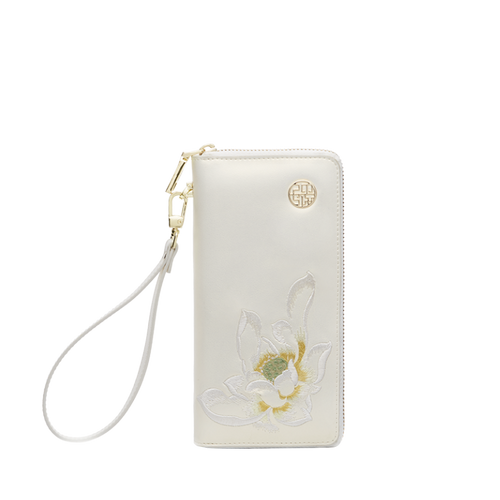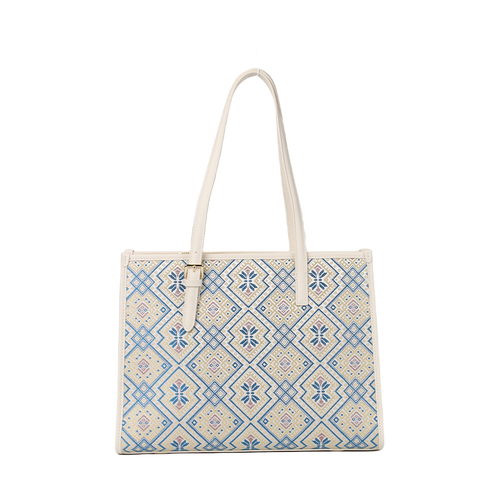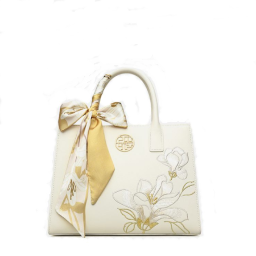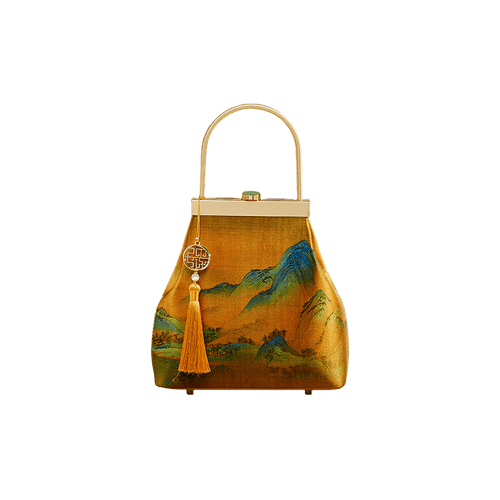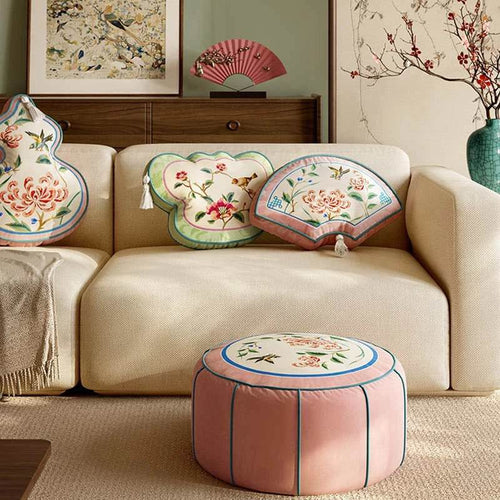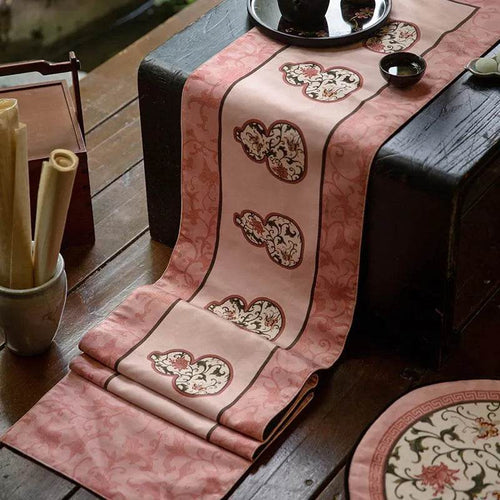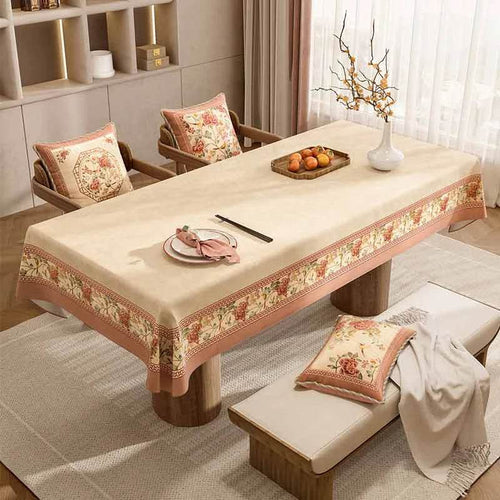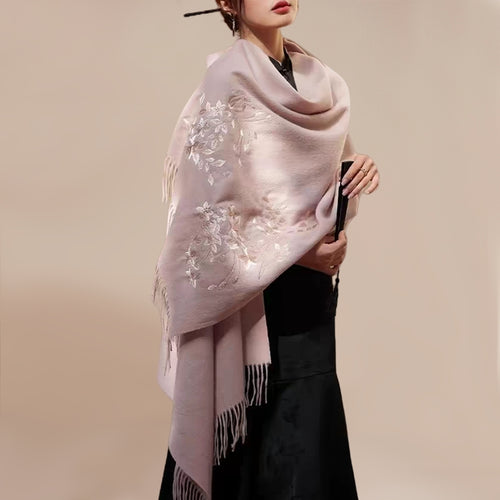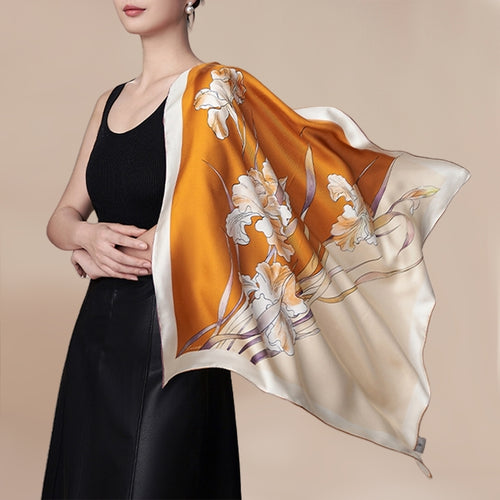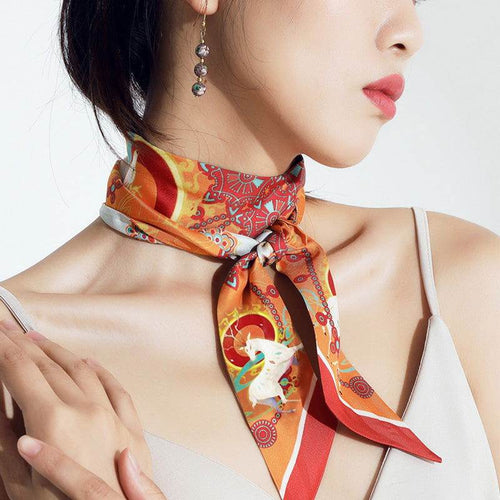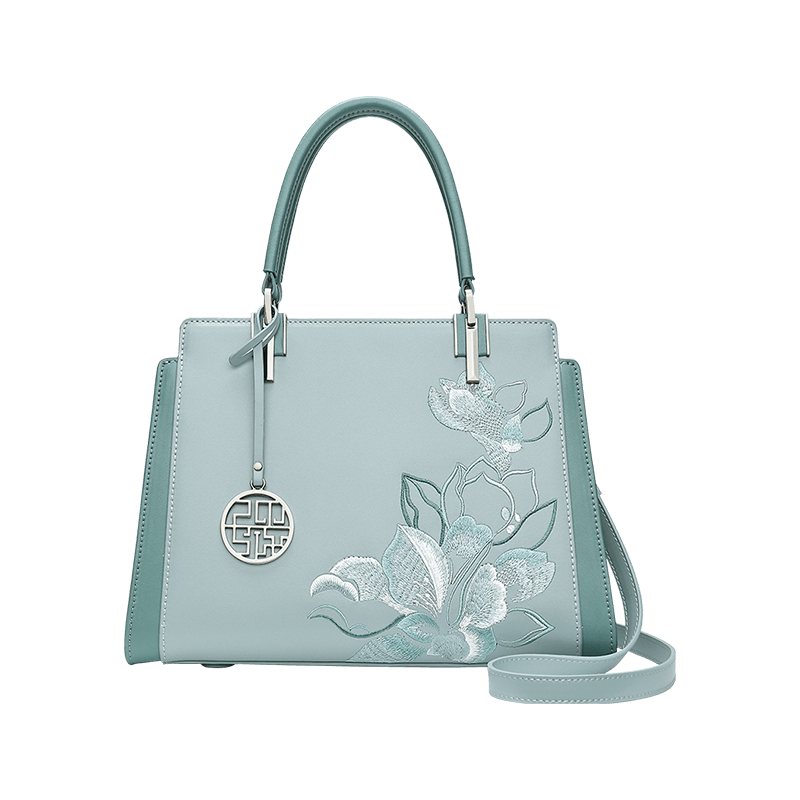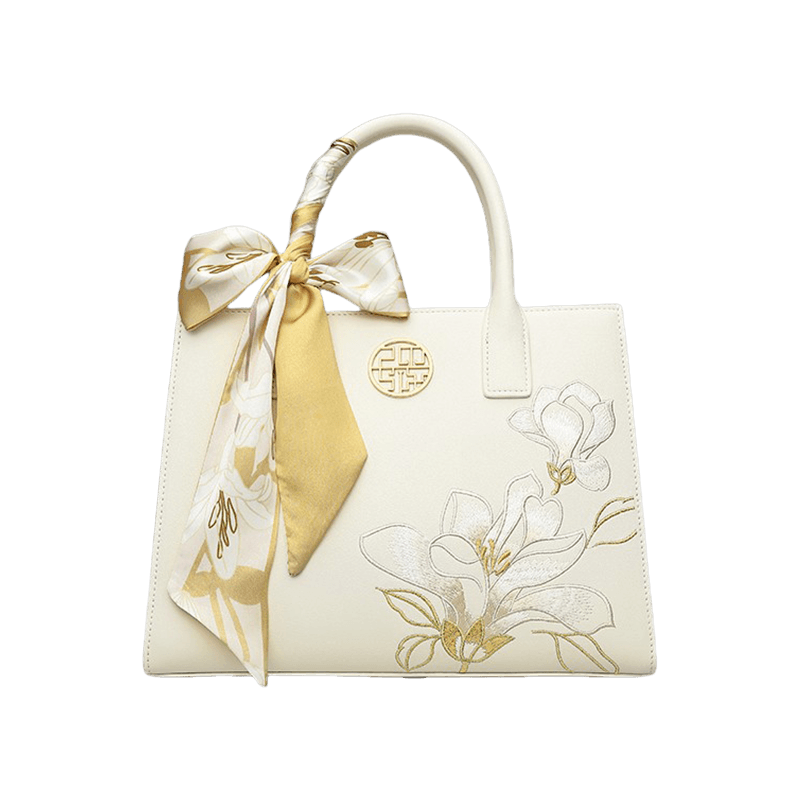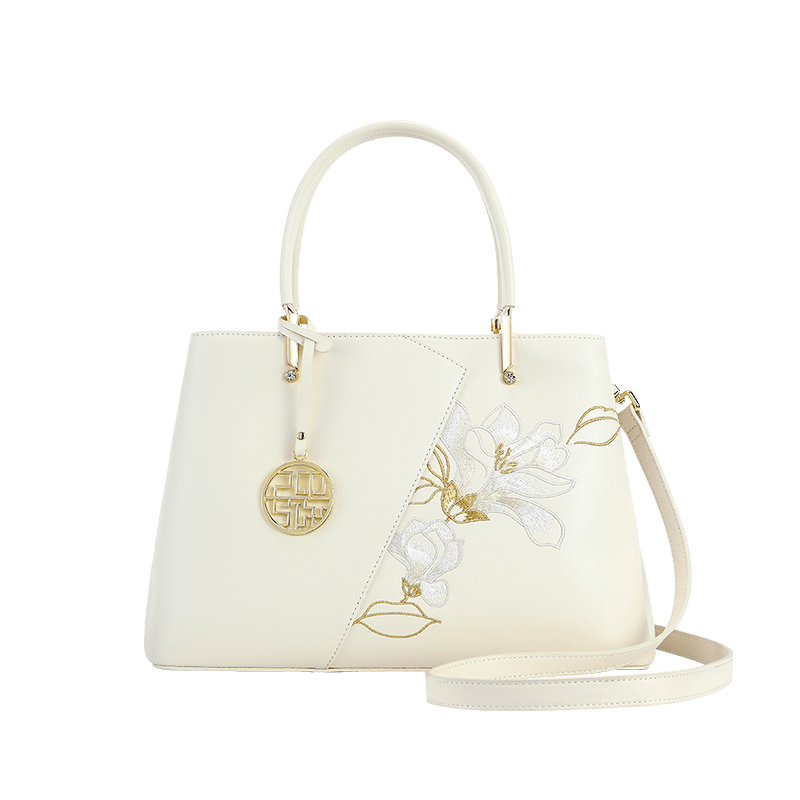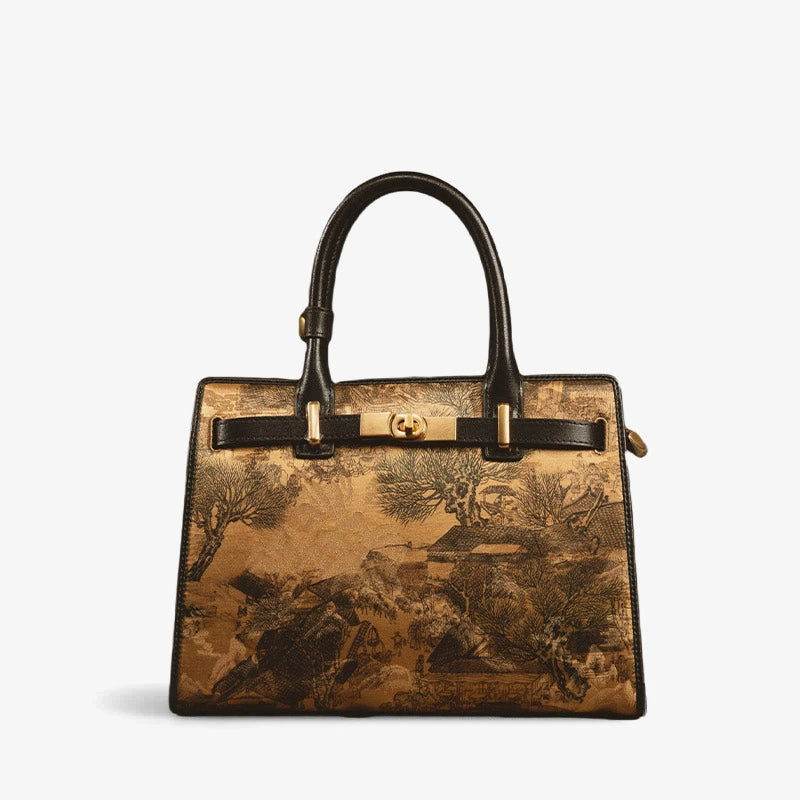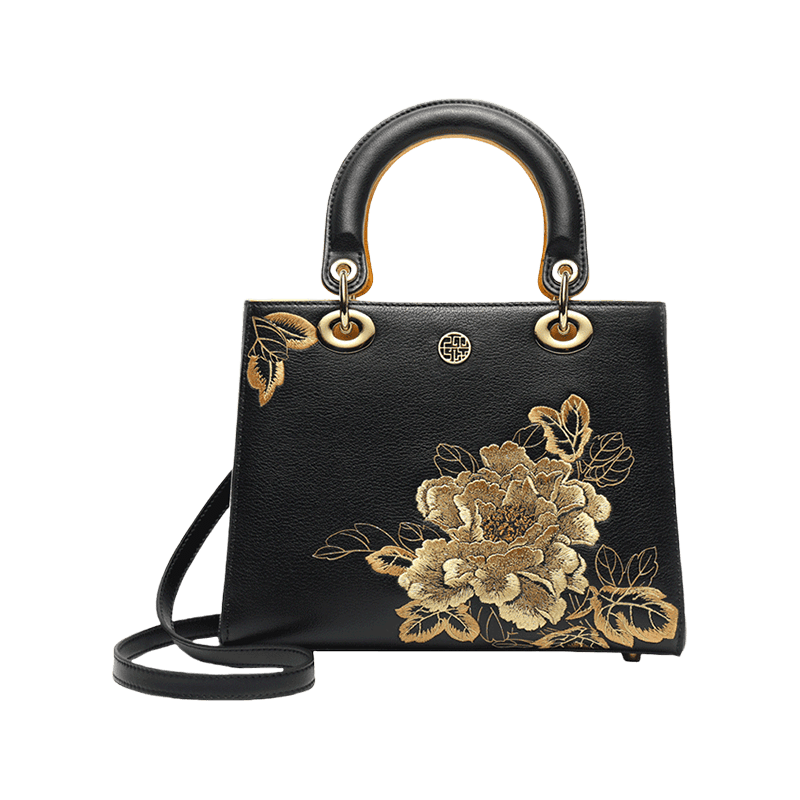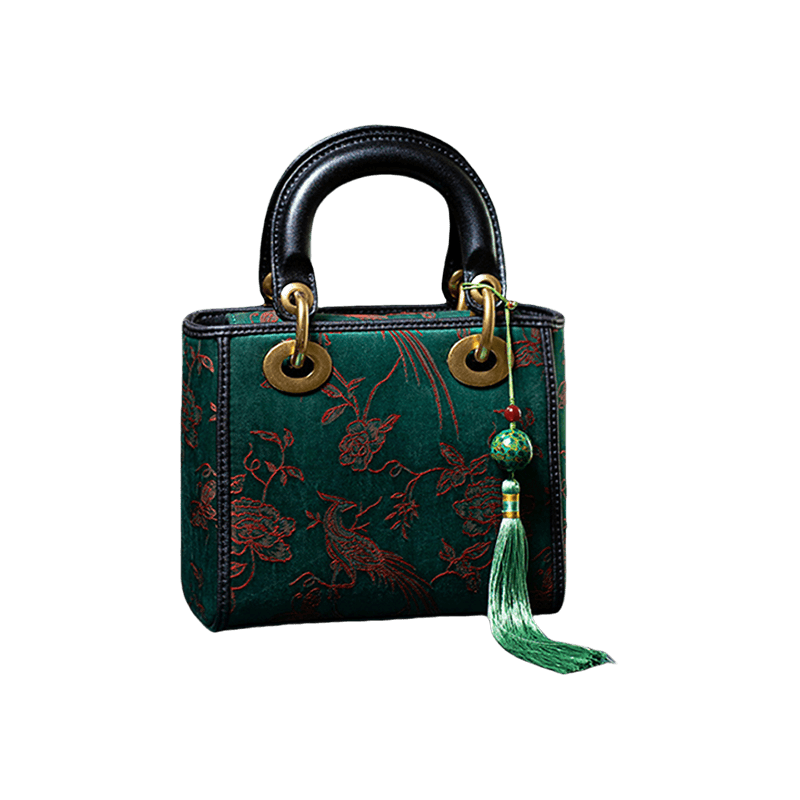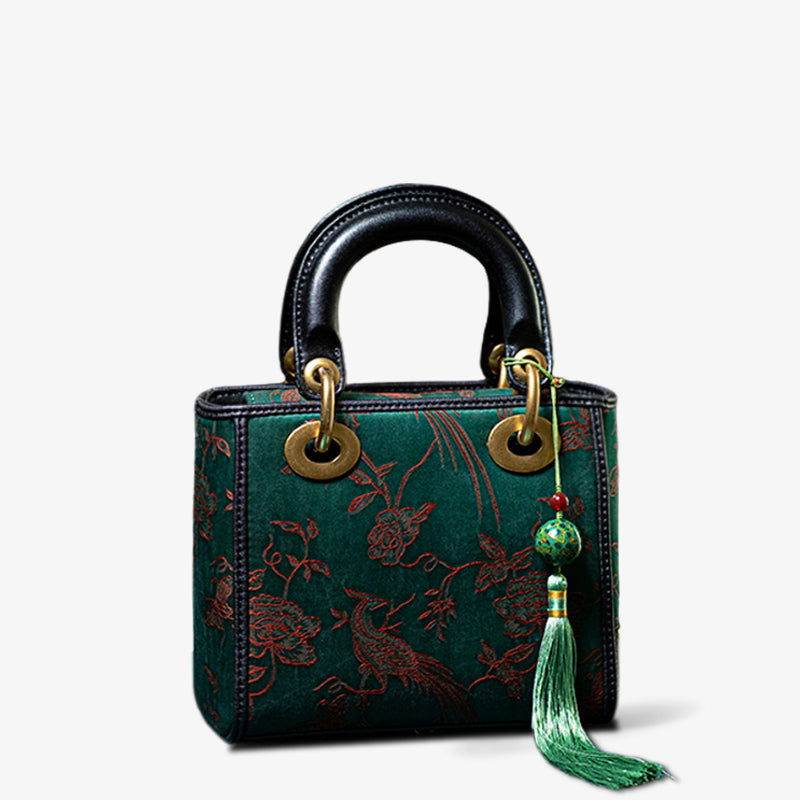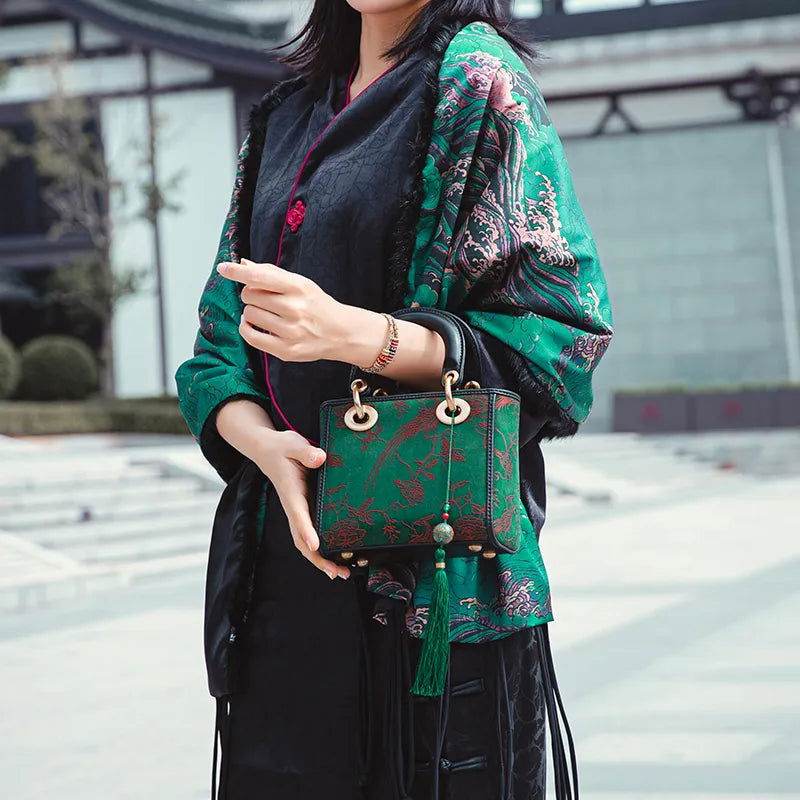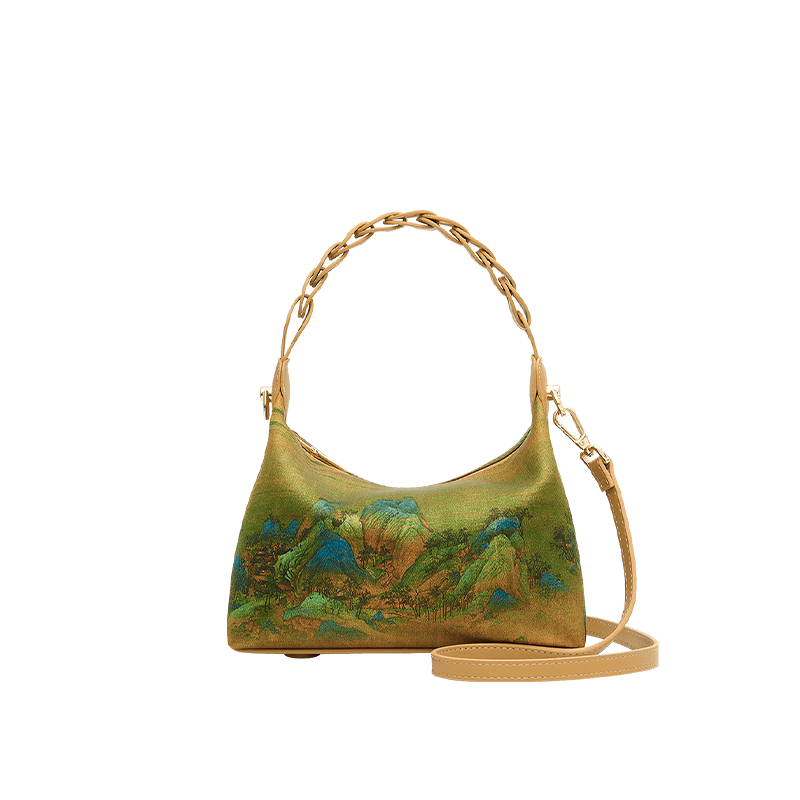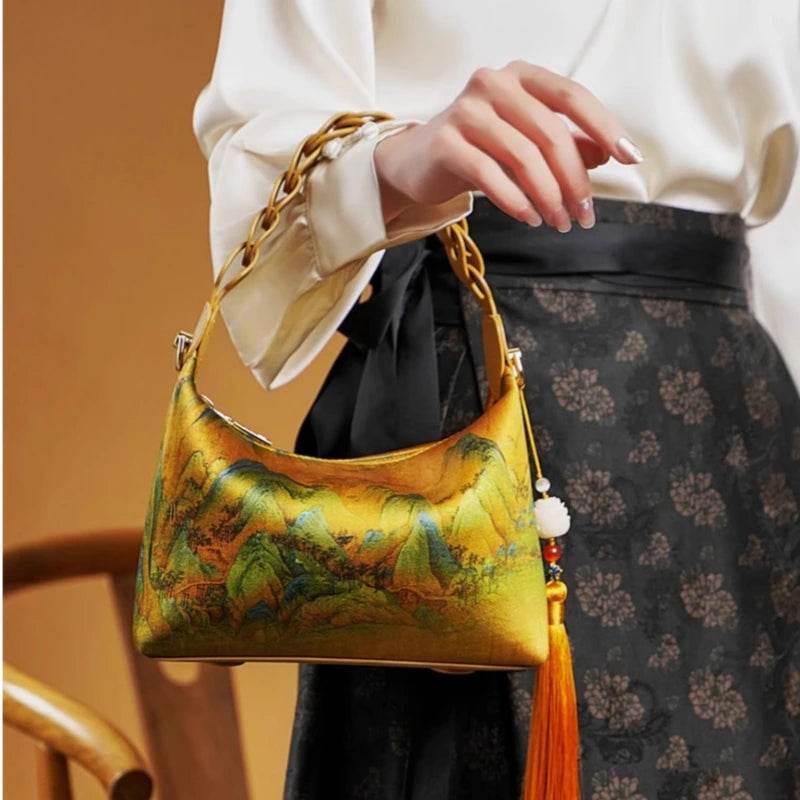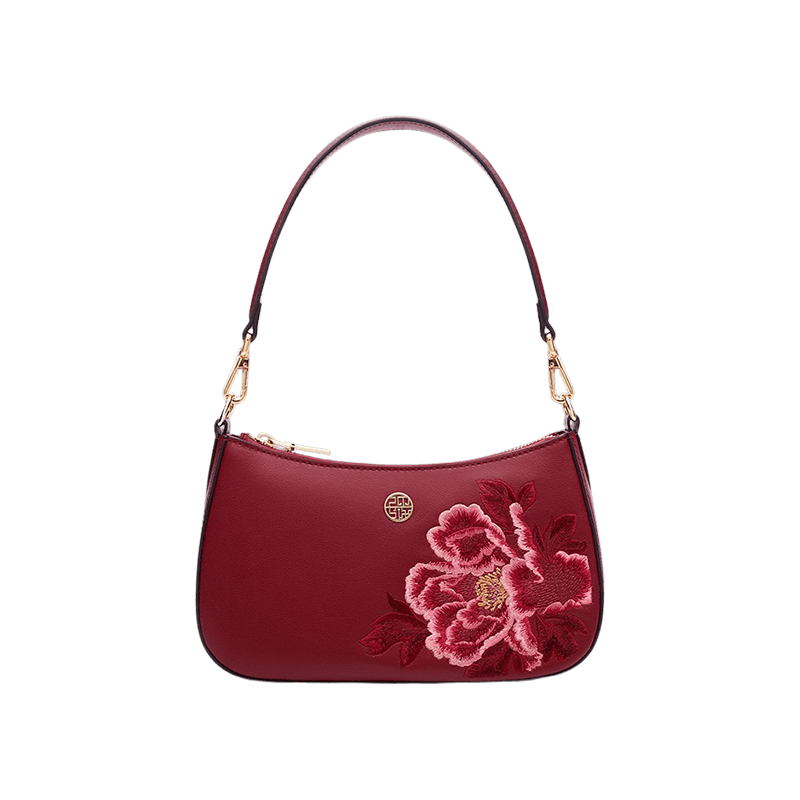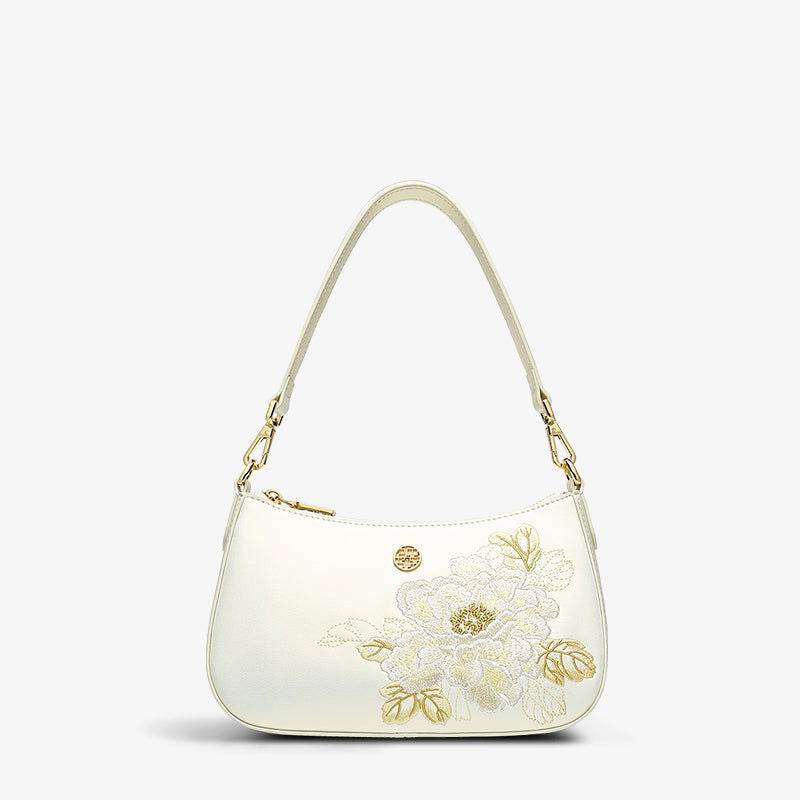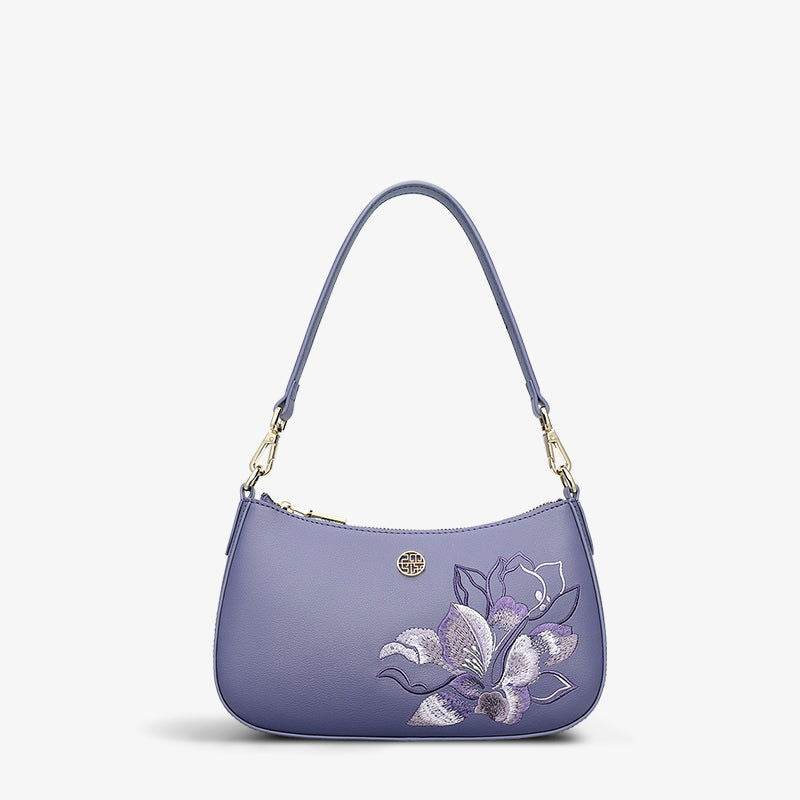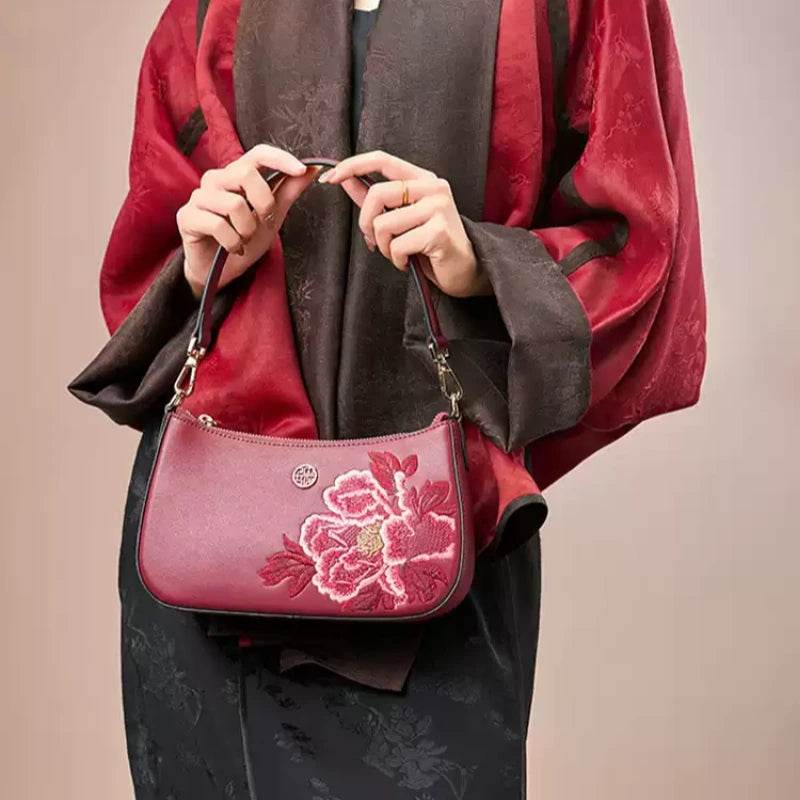As a country with a 5,000-year history of civilization, China possesses a unique cultural treasure trove in its intangible cultural heritage. This includes intangible cultural heritage forms such as traditional visual arts and traditional craftsmanship, which encapsulate the wisdom and artistry of the Chinese people and exemplify the profound impact of Chinese culture. This article will take you on a journey to explore the charm of traditional visual arts and traditional craftsmanship within China's intangible cultural heritage, helping you gain a better understanding and appreciation of these precious cultural legacies.
I. Traditional Chinese Visual Arts:
China boasts a wide array of traditional visual arts, including painting, sculpture, paper cutting, shadow puppetry, and more. These art forms possess not only high aesthetic value but are also rich in cultural significance.
Painting: Traditional Chinese painting primarily includes landscape painting, flower and bird painting, and figure painting. Landscape painting seeks to convey a sense of mood by depicting natural scenery, representing the harmonious coexistence of humans and nature. Flower and bird painting draws upon the beauty and symbolism of flora and fauna, conveying well-wishes and people's aspirations for a better life. Figure painting focuses on portraying human figures and their mental states, reflecting the diverse aspects of ancient society.
Sculpture: Traditional Chinese sculpture encompasses stone carving, wood carving, and ceramics. Stone carving is renowned for its concise yet bold style and intricate craftsmanship. Wood carving is distinguished by its exquisite detailing and unique aesthetic appeal. Ceramics, with their splendid glazes and distinctive forms, stand as treasures of Chinese culture.
Paper Cutting and Shadow Puppetry: Paper cutting and shadow puppetry represent quintessential folk art in China. Paper cutting delights with intricate patterns and auspicious symbolism. Shadow puppetry, on the other hand, is a unique form of performance that uses light and shadow to create captivating visual effects, offering a distinctive visual experience.

II. Traditional Chinese Craftsmanship: Heritage of Craft and Skill
China's traditional craftsmanship covers numerous domains, including traditional handicrafts, architectural techniques, and traditional cuisine. These skills not only possess unique beauty but also carry rich cultural significance.
Traditional Handicrafts: Traditional Chinese handicrafts encompass a wide range of arts such as embroidery, brocade weaving, printing and dyeing, wood-carving, and more. These handcrafted works combine the wisdom and craftsmanship of ancient artisans and have become an indispensable part of daily life. For example, Jingdezhen porcelain is celebrated globally for its exquisite forms and unique glazes, embodying the exceptional quality of Chinese porcelain craftsmanship.
Architectural Techniques: Ancient Chinese architecture predominantly features wooden structures, emphasizing harmony between architectural layout and the natural environment. Traditional architectural techniques such as bracket sets, projecting eaves, and upturned roofs achieve a perfect balance between function and aesthetics. Examples like the Forbidden City in Beijing and Fujian Tulou showcase outstanding representations of ancient Chinese architecture and its unique allure.
Traditional Cuisine: Chinese culinary culture is profound and diverse, with traditional culinary skills in cooking, brewing, tea-making, and more reflecting the Chinese people's love for gastronomy. These culinary traditions not only satisfy people's taste buds but also carry rich cultural connotations and regional characteristics.

This comprehensive exploration of traditional visual arts and craftsmanship within China's intangible cultural heritage showcases the depth and breadth of its cultural legacy. These traditions and skills have not only shaped China's identity but also continue to influence the world today.
